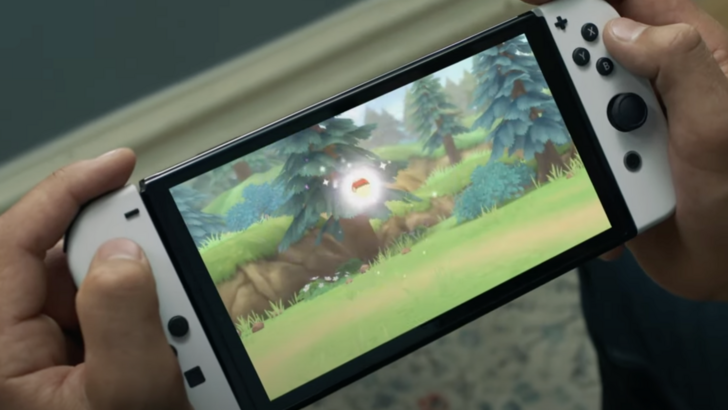Best Graphics Settings in Monster Hunter Wilds
Monster Hunter Wilds boasts stunning visuals, but achieving optimal performance while retaining visual fidelity requires careful graphics setting adjustments. This guide outlines the best settings for various PC builds.
Recommended Videos: Monster Hunter Wilds System Requirements
High resolutions and maximum settings demand a high-end GPU with ample VRAM and a powerful CPU. Find where to purchase Monster Hunter Wilds for your platform of choice.
| Minimum Requirements | Recommended Requirements |
| OS: Windows 10 or newer CPU: Intel Core i5-10600 / AMD Ryzen 5 3600 Memory: 16GB RAM GPU: NVIDIA GTX 1660 Super / AMD Radeon RX 5600 XT (6GB VRAM) DirectX: Version 12 Storage: 140GB SSD required Performance Expectation: 30 FPS @ 1080p (upscaled from 720p) | OS: Windows 10 or newer CPU: Intel Core i5-11600K / AMD Ryzen 5 3600X Memory: 16GB RAM GPU: NVIDIA RTX 2070 Super / AMD RX 6700XT (8-12GB VRAM) DirectX: Version 12 Storage: 140GB SSD required Performance Expectation: 60 FPS @ 1080p (Frame Generation enabled) |
Monster Hunter Wilds: Best Graphics Settings
Optimizing Monster Hunter Wilds graphics settings is crucial, regardless of your hardware. Significant performance gains are possible without compromising visual quality. The difference between Ultra and High settings is often negligible visually, yet the performance impact is substantial.
Display Settings
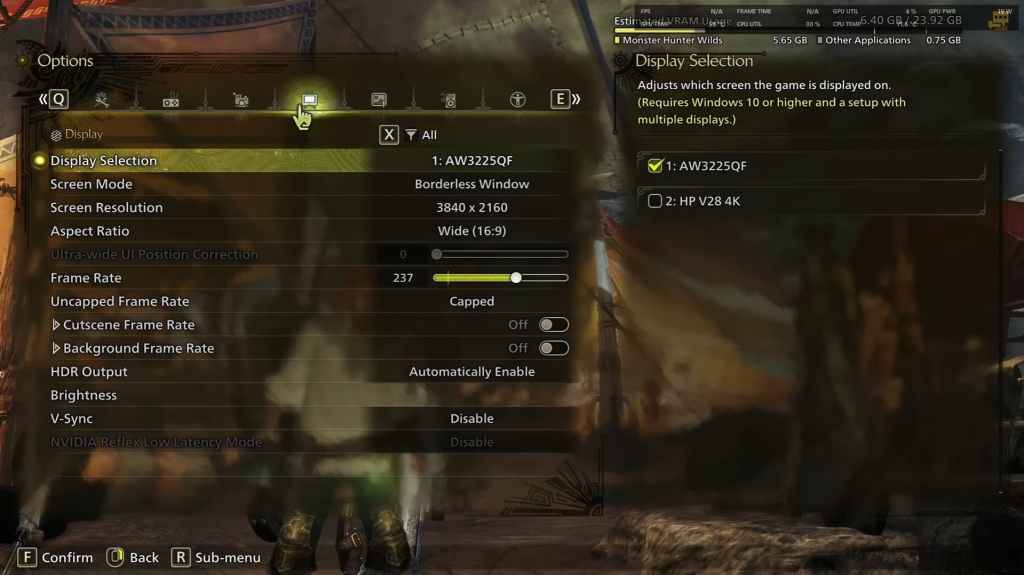
Screen Mode: Personal preference; Bordered Fullscreen offers smoother tabbing. Resolution: Native monitor resolution. Frame Rate: Match your monitor's refresh rate (e.g., 144Hz, 240Hz). V-Sync: Off for reduced input lag.
Graphics Settings
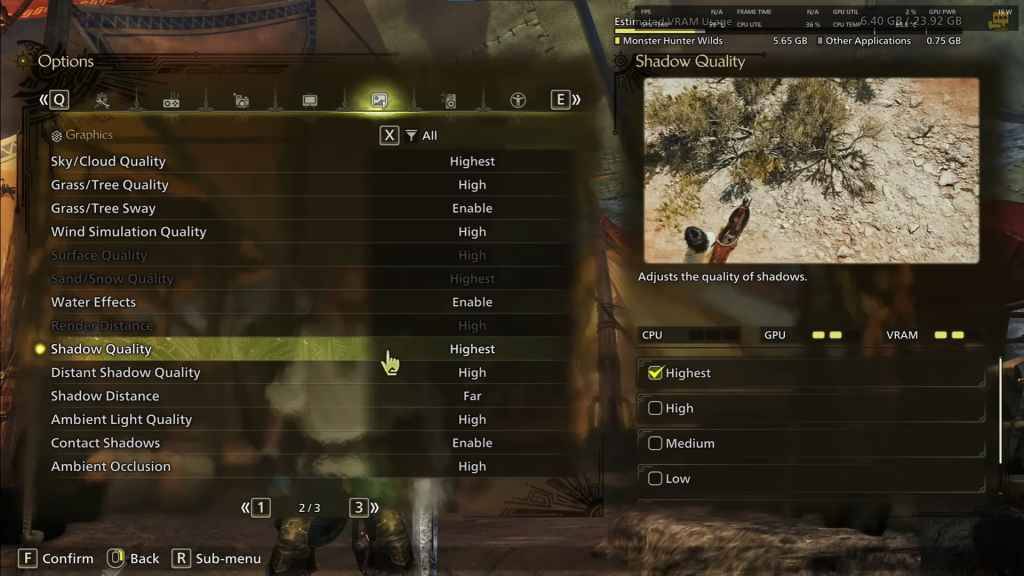
| Setting | Recommended | Description |
| Sky/Cloud Quality | Highest | Enhances atmospheric detail. |
| Grass/Tree Quality | High | Affects vegetation detail. |
| Grass/Tree Sway | Enabled | Adds realism, minor performance impact. |
| Wind Simulation Quality | High | Improves environmental effects. |
| Surface Quality | High | Details on ground and objects. |
| Sand/Snow Quality | Highest | Detailed terrain textures. |
| Water Effects | Enabled | Adds reflections and realism. |
| Render Distance | High | Determines object rendering distance. |
| Shadow Quality | Highest | Improved lighting, demanding. |
| Distant Shadow Quality | High | Enhances shadow detail at a distance. |
| Shadow Distance | Far | Controls shadow extension distance. |
| Ambient Light Quality | High | Enhances shadow detail at a distance. |
| Contact Shadows | Enabled | Enhances small object shadowing. |
| Ambient Occlusion | High | Improves shadow depth. |
These settings prioritize visual fidelity. Since Monster Hunter Wilds isn't a competitive game, sacrificing visuals for minor FPS gains diminishes the experience. However, adjust as needed based on your system.
To boost FPS, initially reduce Shadows and Ambient Occlusion; reducing distant shadows and shadow distance also helps. Water Effects and Sand/Snow Quality can impact VRAM usage.
Best Settings for Different Builds
The following recommendations cater to various hardware configurations. Settings not listed should remain at default.
Mid-Range Build (GTX 1660 Super / RX 5600 XT)
Resolution: 1080p
Upscaling: AMD FSR 3.1 Balanced
Frame Gen: Off
Textures: Low
Render Distance: Medium
Shadow Quality: Medium
Distant Shadow Quality: Low
Grass/Tree Quality: Medium
Wind Simulation: Low
Ambient Occlusion: Medium
Motion Blur: Off
V-Sync: Off
Expected Performance: ~40-50 FPS at 1080p
Recommended Build (RTX 2070 Super / RX 6700XT)
Resolution: 1080p
Upscaling: FSR 3.1 Balanced
Frame Gen: Enabled
Textures: Medium
Render Distance: Medium
Shadow Quality: High
Distant Shadow Quality: Low
Grass/Tree Quality: High
Wind Simulation: High
Ambient Occlusion: Medium
Motion Blur: Off
V-Sync: Off
Expected Performance: ~60 FPS at 1080p
High-End Build (RTX 4080 / RX 7900 XTX)
Resolution: 4K
Upscaling: DLSS 3.7 Performance (NVIDIA) / FSR 3.1 (AMD)
Frame Gen: Enabled
Textures: High
Render Distance: Highest
Shadow Quality: High
Distant Shadow Quality: High
Grass/Tree Quality: High
Wind Simulation: High
Ambient Occlusion: High
Motion Blur: Off
V-Sync: Off
Expected Performance: ~90-120 FPS at 4K (upscaled)
Monster Hunter Wilds offers extensive graphical options, but not all equally impact gameplay. For performance issues, prioritize reducing shadows, ambient occlusion, and render distance. Budget users benefit from FSR 3 upscaling, while high-end builds can leverage 4K settings with frame generation. A balanced approach involves a mix of medium-high settings, upscaling, and shadow/distance adjustments based on your hardware.
Monster Hunter Wilds is available now on PlayStation, Xbox, and PC.
-
1
![Roblox Forsaken Characters Tier List [UPDATED] (2025)](https://imgs.ksjha.com/uploads/18/17380116246797f3e8a8a39.jpg)
Roblox Forsaken Characters Tier List [UPDATED] (2025)
Mar 17,2025
-
2

Roblox UGC Limited Codes Unveiled for January 2025
Jan 06,2025
-
3
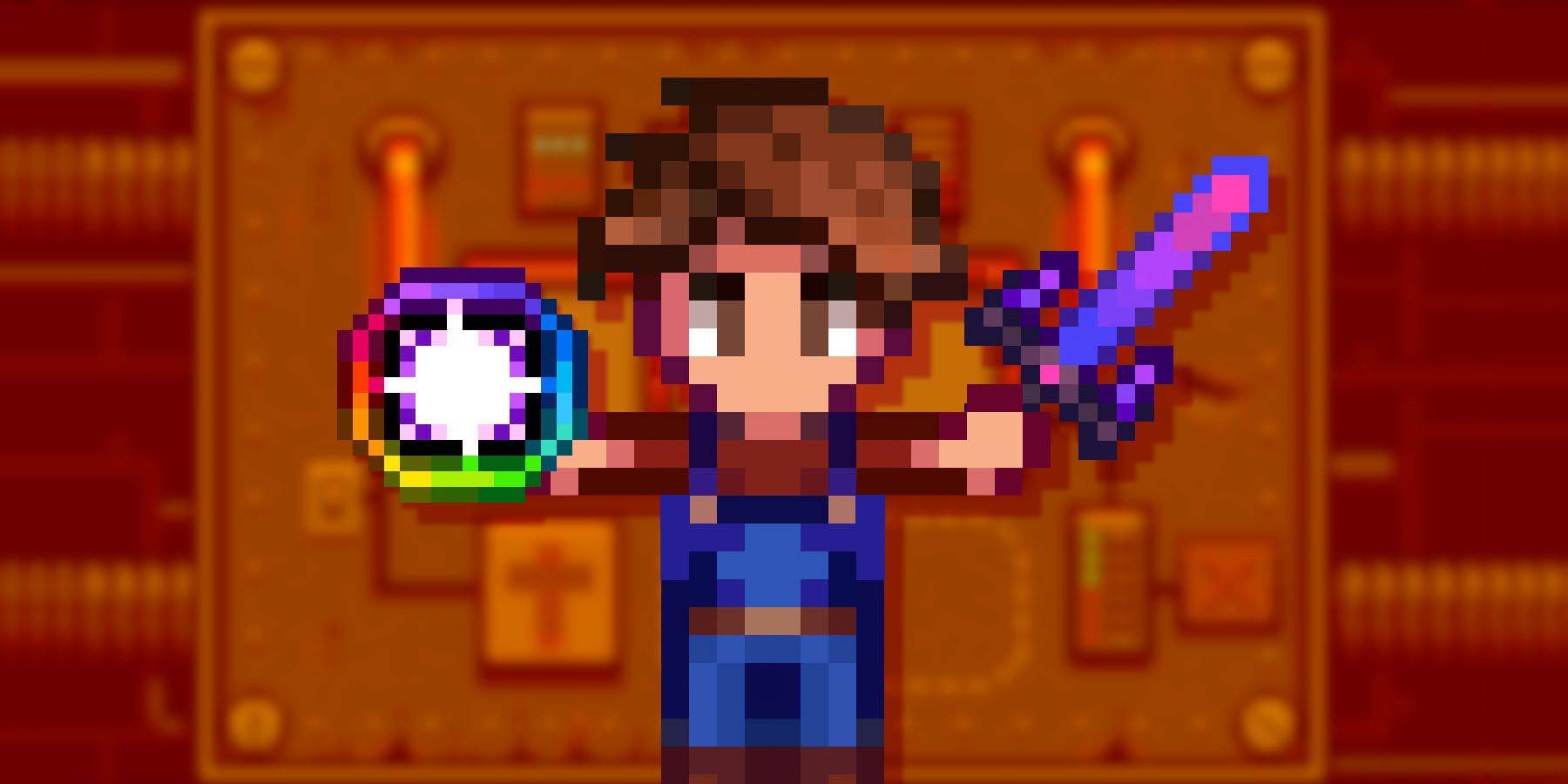
Stardew Valley: A Complete Guide To Enchantments & Weapon Forging
Jan 07,2025
-
4

Pokémon TCG Pocket: Troubleshooting Error 102 Resolved
Jan 08,2025
-
5

Free Fire Characters 2025: Ultimate Guide
Feb 20,2025
-
6
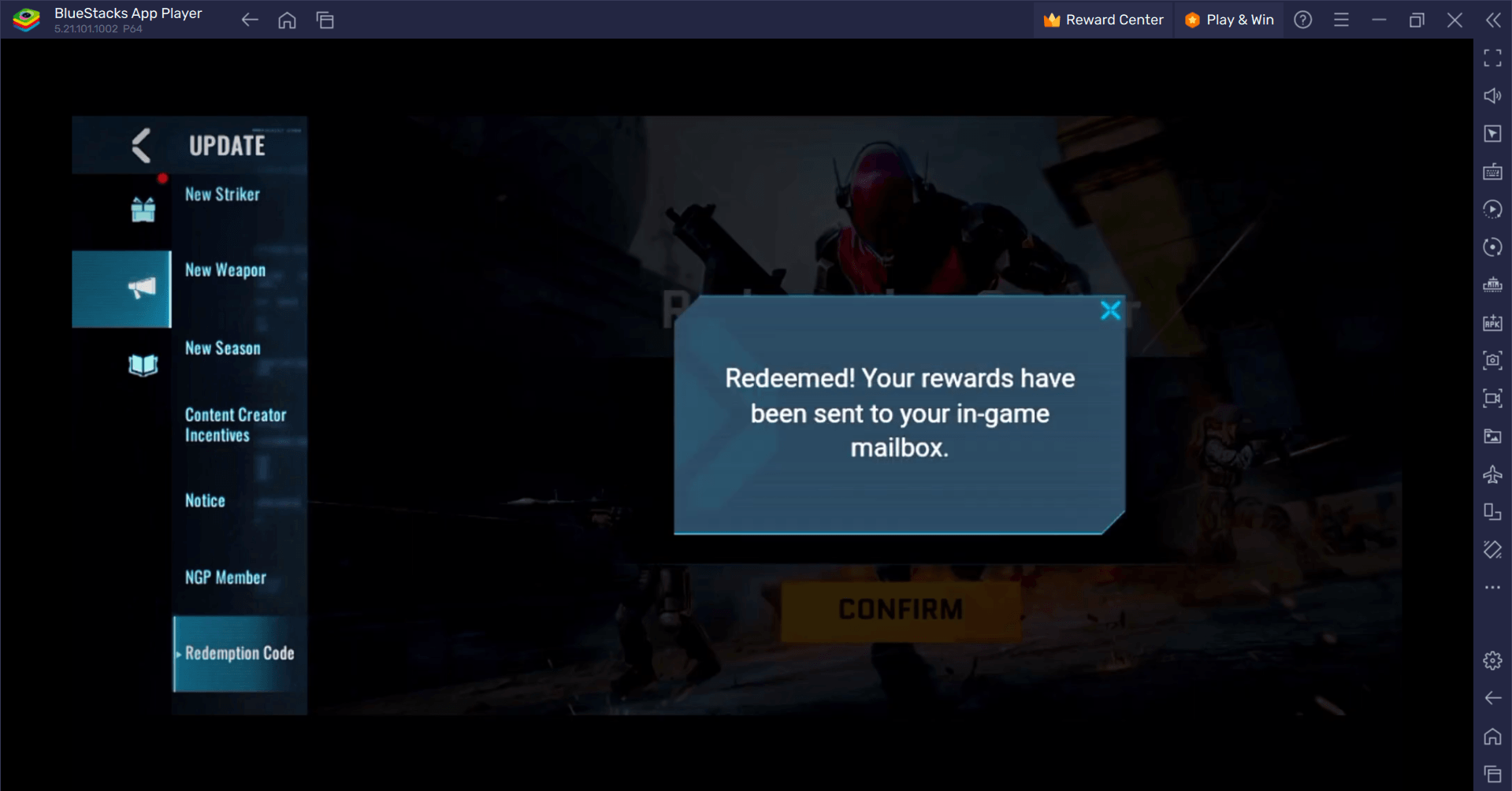
Blood Strike - All Working Redeem Codes January 2025
Jan 08,2025
-
7

Blue Archive Unveils Cyber New Year March Event
Dec 19,2024
-
8
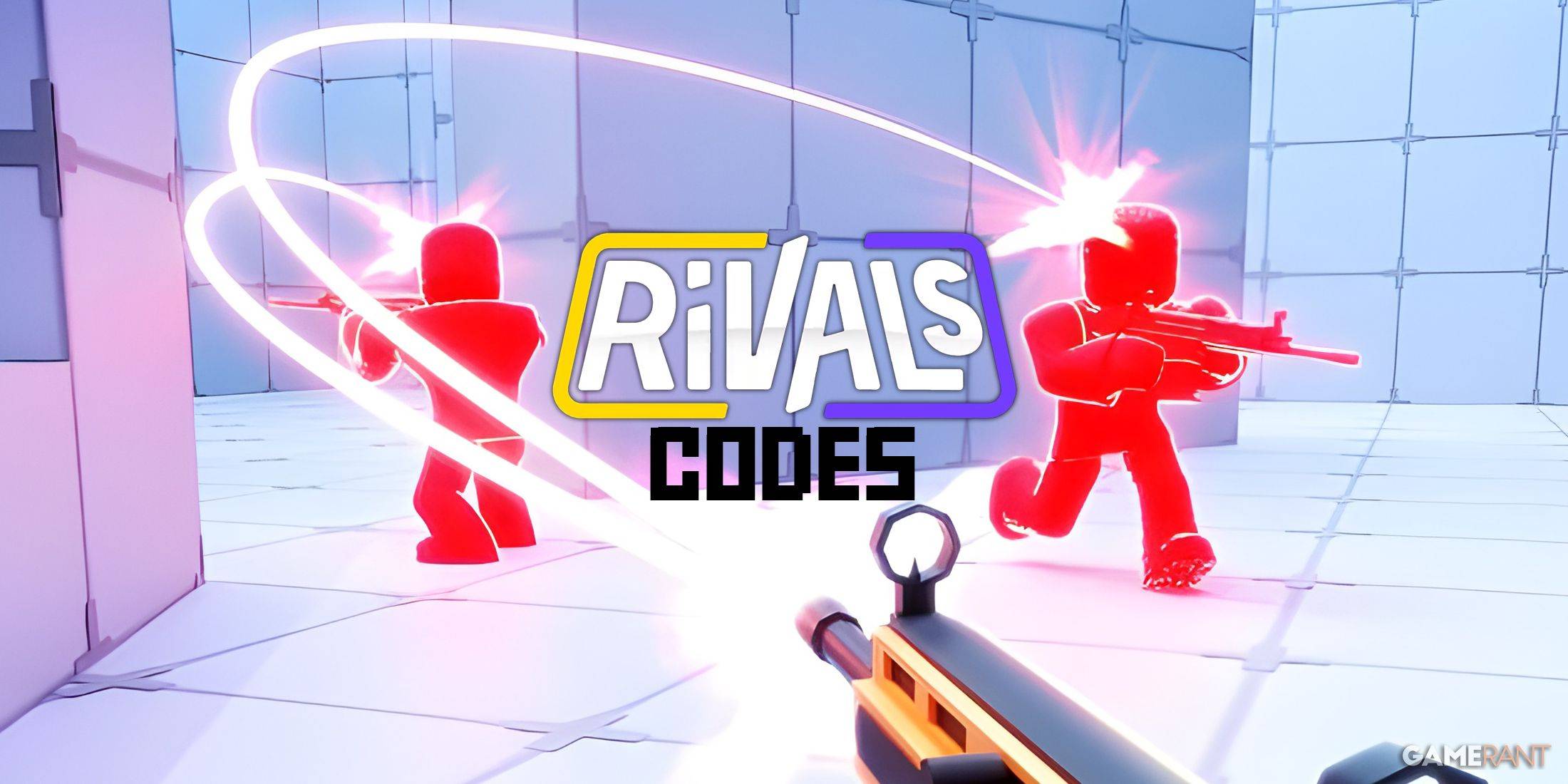
Roblox: RIVALS Codes (January 2025)
Jan 07,2025
-
9

Cyber Quest: Engage in Captivating Card Battles on Android
Dec 19,2024
-
10

Delta Force: A Complete Guide to All Campaign Missions
Apr 09,2025
-
Download

A Simple Life with My Unobtrusive Sister
Casual / 392.30M
Update: Mar 27,2025
-
Download

Random fap scene
Casual / 20.10M
Update: Dec 26,2024
-
Download
![Corrupting the Universe [v3.0]](https://imgs.ksjha.com/uploads/66/1719514653667db61d741e9.jpg)
Corrupting the Universe [v3.0]
Casual / 486.00M
Update: Dec 17,2024
-
4
Ben 10 A day with Gwen
-
5
Oniga Town of the Dead
-
6
A Wife And Mother
-
7
Cute Reapers in my Room Android
-
8
Permit Deny
-
9
Utouto Suyasuya
-
10
Roblox

